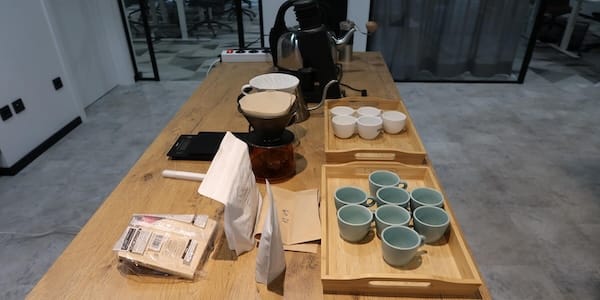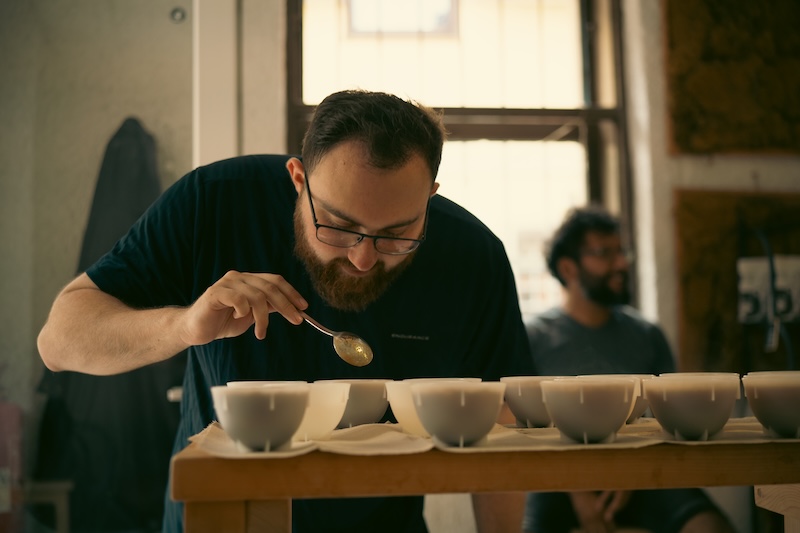ALL POSTS
ALL POSTS
Origin Overview: Costa Rica
8 min read
Last edit: Oct 16, 2025
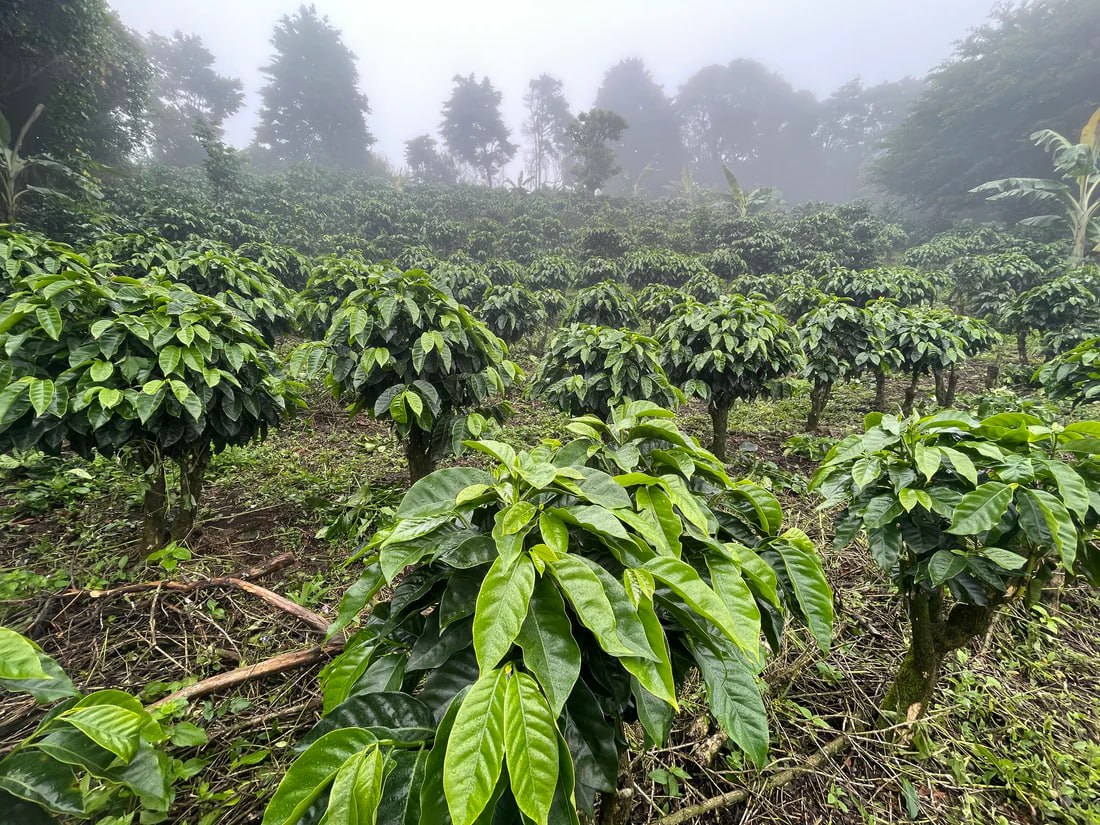
The country that is the birthplace of one of the most sought after coffee types, Costa Rica is a beautiful place that produces everything from everyday nutty and chocolaty coffees to tropical and floral championship-grade lots.
In this article, we dive into Costa Rican lush green forests to find out what makes coffee from here so unique and special. Luckily, we will have help from Annelise Scholl, founder of Grounds Specialty and an expert on all that is Costa Rican coffee.
History
The birth of coffee production in Costa Rica dates back to the late 18th century when Arabica coffee was first introduced.
By the early 19th century, the Costa Rican government realized the commercial potential of coffee and started actively promoting coffee cultivation, offering land incentives to farmers. Thanks to such governmental initiative, coffee had surpassed cacao and tobacco as the country’s leading export by the 1830s.
The government invested heavily in infrastructure, including roads and ports, to facilitate coffee exports, particularly to Europe. In the mid-19th century, British merchants became key investors, solidifying Costa Rica’s place in the global coffee trade.
Later in the 19th and early 20th centuries, Costa Rica experienced the rise of powerful coffee barons, whose wealth and influence shaped the nation’s political and social landscape. However, by the mid-20th century, cooperatives formed to empower small farmers, ensuring more equitable profit distribution.
Costa Rica became known for its high-quality Arabica beans, and in 1989, the government banned Robusta coffee cultivation to maintain superior quality. Today, Costa Rican coffee is globally recognized, with eight distinct growing regions such as Tarrazú, known for its bright acidity and diverse flavor profile.
Today sustainability and innovation are defining features of Costa Rica’s coffee industry. Many farms focus on organic and shade-grown methods, and the country has pioneered eco-friendly processing techniques like the honey process. Coffee tourism is also booming, with visitors experiencing farm-to-cup culture firsthand.
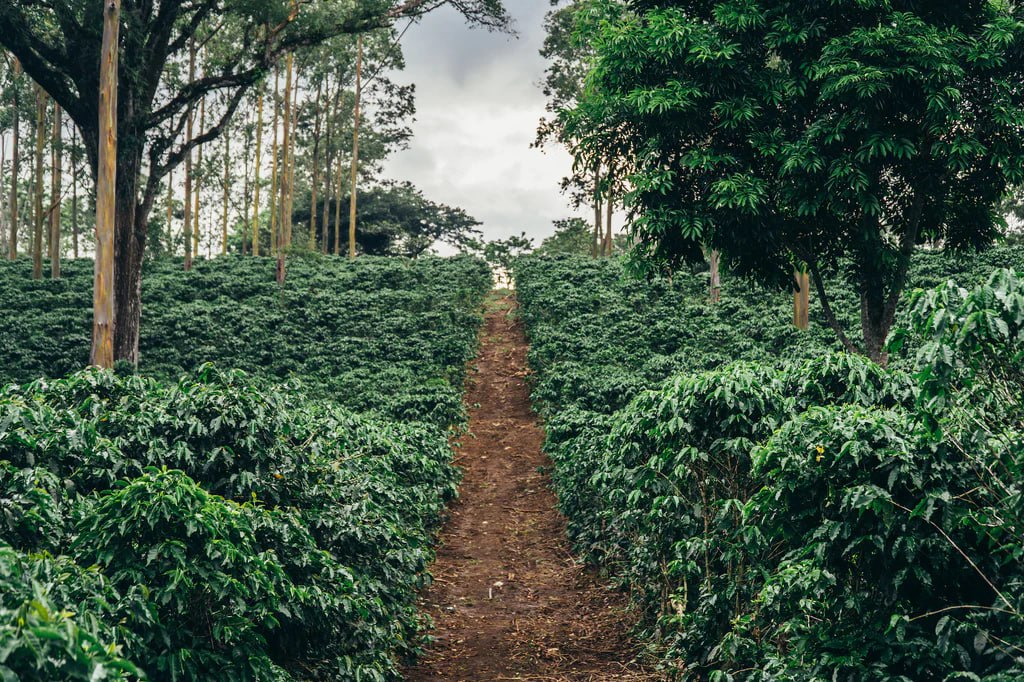
Numbers
While being relatively a small country and providing around 1% of global coffee production, Costa Rica had plenty of challenges over the past few years, with crops being at a 50-year low during the 2021/2022 season and then steadily recovering in 2023/2024.
Costa Rican coffee producing industry suffers from labor shortages and aging farmer population, same challenges that are plaguing other coffee producing countries.
Nevertheless, farmers in Costa Rica are determined to provide the best quality coffee and in 2024 shipped a batch of EUDR-compliant (deforestation-free) arabica coffee to Italy.
Coffee production in 2024/2025 has been prognosed to stay relatively low at 1.185 million 60kg bags as suggested by Genuine Origin.
Flavors
Being a Central American country, Costa Rica produces nutty, cocoa-like mildly acidic coffees. That is what stereotypes would have you believe. In reality, Costa Rica is a place of great diversity of coffee flavor. You can find floral and fruity washed Geshas and full-bodied honey-processed Typicas with soft and sweet aftertaste.
With 8 defined coffee-producing regions, Costa Rica offers a range of flavor profiles. To pinpoint any specialties per region would be incorrect, but we can say that Tarrazu is one region that is mentioned more often than others when one looks for Specialty coffee. Other noticeable regions are the Central Valley and the Western Valley.
Costa Rican producers do not ignore the latest coffee processing innovations and trends and constantly experiment and implement new techniques and solutions, such as yeast-inoculation and carbonic maceration, that enhance and somewhat alter the overall flavor of a lot.
Most famously Costa Rican coffee production is known for introducing Honey processing in early 2000s. This method is considered to be more ecologically friendly towards the environment in comparison to washed techniques while giving coffee beans extra sweetness and keeping the profile balanced.
A typical cup of Costa Rica coffee will greet you with aromas of roasted nuts and dark fruits. The taste of it will be well-balanced with a slight accent towards acidity and a chocolate-like aftertaste. On average, coffee from Costa Rica is medium to heavy bodied, but that very much depends on the variety and roast profile.
We strongly opinionated that Costa Rican coffees are fantastic as percolation brews like V60 but can also be brewed deliciously as an espresso.
Annelise Scholl, Grounds Coffees founder
Annelise Scholl is a coffee expert in everything that comes to coffee from Costa Rica and Colombia. Being a Costa Rican with Dutch heritage herself, she has a mission to be a connector between hardworking farmers and coffee roasters. By establishing relationships, Annelise strives to improve the current state of affairs on the farms while simultaneously providing exceptional Specialty lots to the European market and beyond.
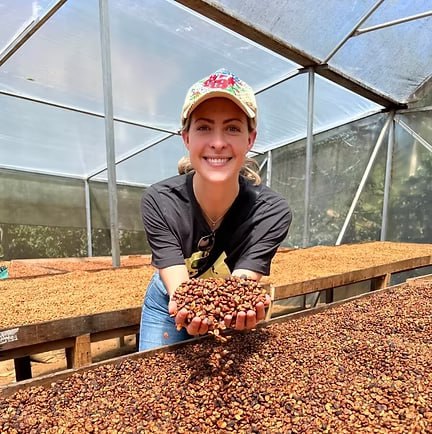
How would you describe the most typical cup of non-specialty coffee from Costa Rica? How does it compare to one of higher quality?
Like with coffee from any origin, there is a stark difference in what you can expect from low-quality and Specialty-grade coffee from Costa Rica.
In general, higher quality Costa Rican coffee delivers silky bodies, lively acidity, and complexity. It’s going to give a rich expressive cup that really shows where it comes from if it’s not extremely fermented.
However, even specialty coffee producers have a fraction of their harvest that is lower quality. Usually, the first and the last picks from the farm are a little bit of lower quality, which contain unripe or overly ripe cherries or beans with physical damage from insects. It is actually the middle of the harvest that usually consistently delivers the highest quality beans that are used for micro lots and exports. And the lower quality beans usually remain in the country for local consumption. Such coffee will be flat, bitter and woody and will be eventually roasted dark to hide defects.
What are the misconceptions around coffee from Costa Rica that make no sense? Are there any stereotypes that are actually truthful?
I think one of the biggest misconceptions about Costa Rican coffee is that it’s always expensive. Costa Rica has the highest salaries in all of Latin America, but also the quality of life is higher. So I think inherently production costs are going to be higher. And what I also notice is that the price gap is shrinking because of the rising C-price.
Costa Rica has a very well-regulated production with strict grading systems and this results in consistently high-quality arabica. In fact, robusta is largely banned in the country, so nearly all production is Arabica. This is except for some smaller plots that have been planting robusta, but it is mainly experimental. But Costa Rica banned the commercial production of robusta in the 1980s with the idea of increasing the quality of Costa Rican coffee.
Another stereotype is that Costa Rican coffees are often bright and fruity thanks to the high altitudes and volcanic soils, and very careful processing. This is absolutely true and most production comes from small family owned farms allowing microlots and flows attention to detail, although of course some variability still exists. And there are still a lot of farms that still sell their cherries to cooperatives, and they just get thrown together into a big basket to produce mostly commercial coffee or high commercial coffees.
As a green coffee provider, what are the biggest challenges in working with Costa Rican produce?
Costa Rica is a small coffee-producing country. And although Costa Rica produces a lot of high-quality Arabica, there is a limited supply of specialty lots. So micro lots, rare varieties, and special processes are still relatively small in volume. So if you’re trying to source larger quantities of the same lot, availability can be limited. And I think what is crucial here is to maintain those close relationships with your producers in order to be able to guarantee and book your coffee on time.
Another challenge is the seasonality in the harvest window. Costa Rica has just one harvest a year. So if you compare it to, for example, Colombia, where there are two harvests, you have two chances a year to import coffee and to book the coffee, instead in Costa Rica, you can do that once a year. So, in a sense, producers and importers have to take the chance and the opportunity at that one moment in time to import that coffee and take the risk of that coffee being enough for the supply that you need throughout the year. And if it’s sold out, you don’t have another chance to import another container. Most probably, the coffee at the origin in stock is going to be sold. This is one of the biggest challenges when it comes to working with coffee from Costa Rica, that there’s only one harvest a year.
Secondly, the high prices and the cost sensitivity and generally higher production costs in Costa Rica. These factors make the coffee on average more expensive than from other origins, which can be, of course, challenging if you, as a buyer, are trying to compete in the international market.
And last but not least, I think there’s a huge competition for high-quality lots in Costa Rica, and we see global buyers are increasingly interested. So, for example, we see Asian buyers often come and pay 3 or 4 times more for these coffees directly to farmers. And this leaves us as European importers, of course, at a disadvantage.
We would love to be able to work with some of these farmers that are really doing amazing things. But there is a price ceiling that we have in order to be able to position this coffee in the European market. And Asians are really open to paying whichever amount of money for high quality. So this is something that leaves us at a disadvantage and I think this is going to keep happening more and more in the future as the Asian market for specialty coffee continues to grow.
What coffee from Costa Rica is the best to start getting acquainted with the origin?
I would definitely have to say that honey processed coffees from Costa Rica are the best. They are usually very sweet with nice balanced acidity. These are the coffees that mostly express the terroir of Costa Rica. Afterall, this processing method was invented and perfected in Costa Rica.
So, in terms of Costa Rican production, one of the best quality coffees that you can have as a beginner would be honey-processed arabica.
Outro
Costa Rica is a coffee origin that delivers ethically sourced coffee grown with bleeding-edge techniques. Looking for specialty coffee worth trying? Check out our catalog!
Would you like to learn more about other coffee roasters in Slovenia? Here are the guides.





